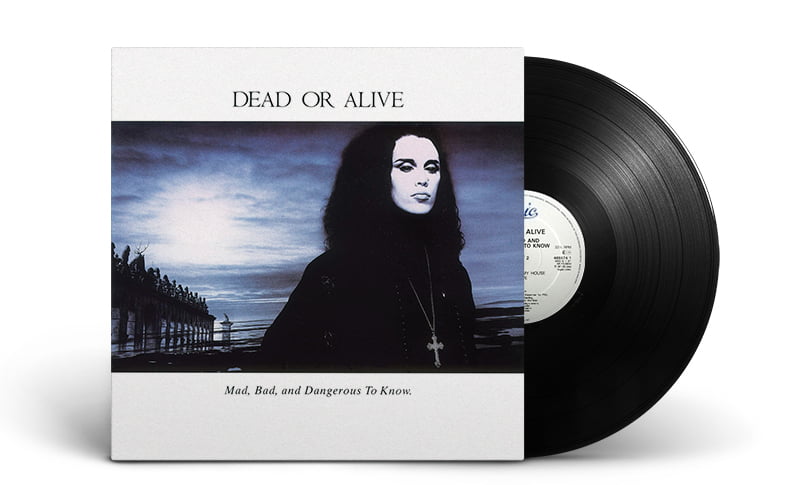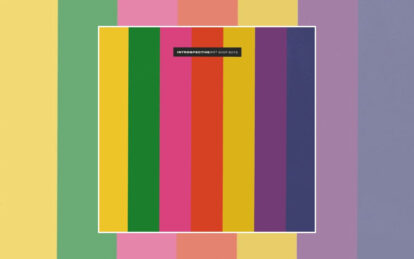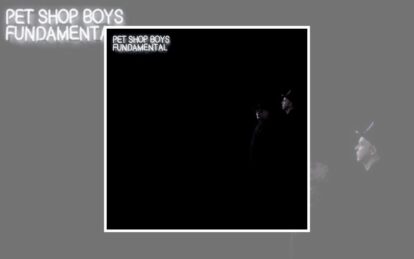
Dead Or Alive: Mad, Bad, And Dangerous To Know cover
After achieving MTV fame with one of the 80s most iconic pop songs, could lightning strike twice for Dead or Alive with their album Mad, Bad, And Dangerous To Know? We take a look at why the band’s underappreciated third studio long-player deserves a critical reappraisal
In 1986 the outrageous ‘Blitz kids’ that Pete Burns reportedly once dismissed as playing dress-up appeared to be happily settling into mainstream respectability. Boy George was further endearing himself to Middle America as an unlikely action man “turkey in a sequinned coat” on The A-Team. Spandau Ballet were embracing their inner power balladeer on Through The Barricades and Midge Ure had basically achieved the status of national treasure, riding high off the back of Live Aid and what was then the biggest-selling single of all-time.
The Dead Or Alive frontman, however, was still determined to get the Mary Whitehouse brigade all in a tizz. While performing on Razzmatazz, for example, Burns essentially forced producers to brighten the studio like the Vegas strip, just so his pitch-black contact lenses wouldn’t scar its young audience for life. Kicking down doors with Mr. T was never going to be an option.
Perhaps that explains why the Liverpudlians’ third album Mad, Bad, And Dangerous To Know didn’t quite light up the charts in the same way, peaking at a lowly No.27 in the UK during the pre-Christmas rush. For the material itself deserved to sustain the success of 1985 predecessor Youthquake, a record which spawned one of the decade’s quintessential hits.
Stock Aitken Waterman, then still a few years away from their soap star-courting commercial heyday, were, of course, hugely instrumental in introducing most of us to Burns’ larger-than-life appeal. And despite the constant studio tension between both parties first time around (reports of fisticuffs, though, have since been dismissed by Mike Stock as pure fiction), the trio were appointed producers once more.
In a sign of things to come, SAW were more than happy to plagiarise themselves for its opening track and lead single, an ode to pleasure seeking which unashamedly hit the same Hi-NRG beats as You Spin Me Round (Like A Record). Alarm bells no doubt rang out when Brand New Lover barely scraped the UK Top 40 (it did fare much better across the pond, reaching No.15 on the US Hot 100 and pole position on the Billboard dance chart).
Read more: The Myth Factory – Stock Aitken Waterman
Top 40 Stock Aitken Waterman songs
Luckily, the unlikely dream team had another ace up their sleeve – a tale of being literally haunted by a lost love, which returned Dead Or Alive to a loftier chart position. With its stuttering vocals, throbbing slap basslines and air guitar-friendly solo, Something In My House made their signature hit sound as restrained as Sade.
But accompanied by a video inspired by Jean Cocteau’s La Belle Et La Bête, it’s the kind of fabulously OTT gothic pop banger that deserves to be as ubiquitous at Halloween as Ray Parker Jr.’s Ghostbusters theme and Monster Mash (the 12″ leaned even further into all the spookiness by sampling The Exorcist).
A French post-war adaptation of Beauty And The Beast wasn’t the only classic reference during this era. Anyone who’s been eviscerated by Burns’ wicked tongue may well believe its title was something of a self-own. In fact, it’s a quote borrowed from Lady Caroline Lamb, the 19th century aristocrat, in relation to her scandalous extra-marital affair with Lord Byron.
Pete Burns’ way with words can’t quite compete with one of England’s all-time greatest poets but Mad, Bad, And Dangerous To Know does contain some of the proud provocateur’s most effective lyrics. Closer Special Star, a gleaming synth-pop eulogy that recalls Giorgio Moroder and Phil Oakey’s one-off union, sees the typically merciless star in rare vulnerable mode (“You’ll never know/ And if you did you’d laugh/ I couldn’t count the times/ That I have kissed your photograph”).
And on Son Of A Gun, another propulsive You Spin Me Round soundalike in which SAW push every button on their toy box of synths, he sums up his uncompromising attitude far more succinctly than in his memoir (“There’s a boy in the world/ Who don’t follow the crowd/ Doesn’t do what he’s told to/ That’s why he’s allowed to stay/ Sharp as a diamond”).
Burns and co. could perhaps have been a bit sharper when it came to single choices, though. Then There Was You, a brooding goth-pop number which suggests they were keeping tabs on their former guitarist Wayne Hussey’s then-fledgling band The Mission, would surely have fared better than I’ll Save You All My Kisses, a kitsch affair featuring tinny synths more suited to a BBC lunchtime quiz show.
Likewise Come Inside whose array of unsubtle double entendres are backed by an early example of the shinier, happier pure pop sound that SAW would perfect with more conventional Smash Hits pin-ups.
In the end, Mad, Bad, And Dangerous To Know proved to be the final commercial hurrah (well, apart from the 2003 remix of you know what) for one of the 80s most colourful bands. The departure of Mike Percy and Tim Lever, future hitmakers for the likes of Blue and S Club 7, split the classic line-up for good in 1987.
That same year the group were reportedly forced to turn down a support slot on Madonna’s Who’s That Girl Tour when Burns’ mother was diagnosed with a terminal illness. And the decision to part company with SAW before making 1988’s Nude, a record which somehow was their most SAW-sounding to date, failed to halt their mainstream decline.
Burns would later claim in autobiography Freak Unique that he was more than happy for the hits to dry up (“What was I gaining from being in the Top 20? All I was getting was more pressure to recreate the same formula. ‘Do Spin Me again… do Spin Me… again’”). Mad, Bad, And Dangerous To Know undoubtedly does its fair share of spinning. Yet as well as blatantly trying to recreate past glories it also creates a handful of new ones, too.
Read more: Pete Burns – his final interview
Read more: The Lowdown – Echo & The Bunnymen
Classic Pop may earn commission from the links on this page, but we only feature products we think you will enjoy.






